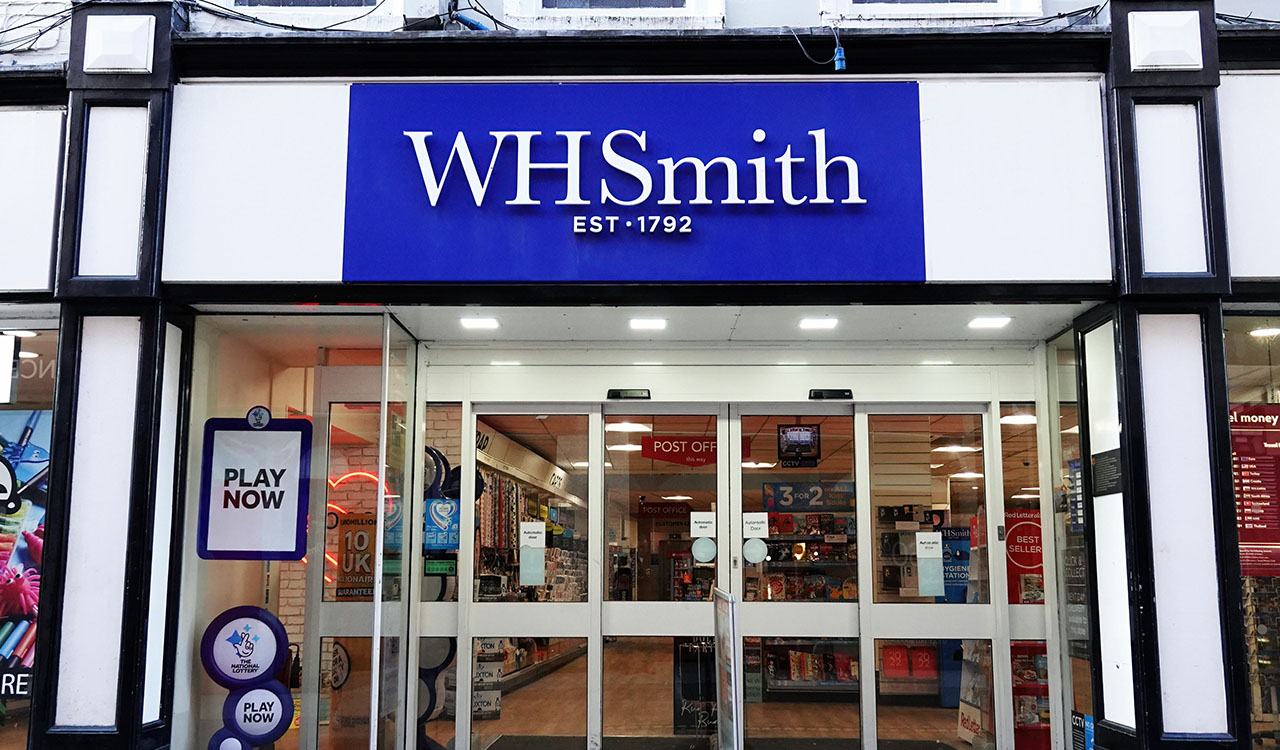Here’s a glimpse of a strategic disaster. I gave Amazon CEO, Andy Jassy, kudos as he took the top job as, in my opinion, Amazon was slipping into maturity. I said the meteoric ecommerce frontrunner needed a level-headed business professional to turn the growth strategy from the “get big fast” culture created by its brilliant founder to a more sustainable and profitable forward arc before it might tip into the abyss. One of the big failings of entrepreneurs like Bezos is that they don’t know when to let go of their breakthrough innovations. Simply, at some point on the way to scale, the newborn baby gets too big for the parent genius to manage. So, I believe Bezos did the right thing by ceding the helm to Jassy, who was enormously successful in growing Amazon’s AWS (Amazon Web Services) into a juggernaut, accounting for some 60-plus percent of Amazon’s profitability. But what does he know about retail?
“Why wouldn’t Amazon just want to acquire its way into the physical retail world instead of building it from scratch? With a market cap of close to a trillion dollars, it could have acquired both Kroger and Kohl’s to leapfrog over the build challenge. Overnight, they would gain a national fleet of thousands of stores (including their management expertise) as opposed to the investment of billions of dollars and years to build out, which we are witnessing as a failed strategy.”
Test, Test, Test: Billions of Dollars and Years of Wasted Time
So, Jassy was none too late but obviously had a huge challenge to bring a more stable pace to Amazon’s growth strategy as well as (always) making more money. And looming large in front of him had to be the fire-hosing of capital and time pushed into the testing of one brick-and-mortar retail model after another, and another, and another. Yes, they did acquire Whole Foods, which they still haven’t figured out what to do with. In my opinion, the buy was a huge mistake.
According to Amazon, they are sticking to their focus on grocery. “Physical retail remains an important part of our business, and we’re continuing to invest in growing our grocery stores business, which spans Amazon Fresh, Whole Foods Market, Amazon Go, and third-party partnerships,” states an Amazon spokesperson.
Well, we’ll see about that. Again, I think Jassy is the right guy, at the right time, and therefore, I can’t believe he necessarily believes that statement. I speculate that he more likely believes what I put forth in my article. It just isn’t a fit, but he owns it. Perhaps he’s giving his team more time to make it work. My bet is it isn’t going to happen.
And Now, Bye-Bye Apparel Stores
Back in 2021, Amazon was talking about their pursuit of a non-department store model. You can read about this doomed idea and now here we are. While there are/were only two Amazon Style stores, as they name-plated them, one in Glendale CA, and another in Columbus OH, they spent tons of money and time tweaking them, trying to make them work. However, as I have said before (several times), Amazon is a technology company that happens to be successful in e-commerce. Who in their executive ranks has credible experience in physical retailing? Nobody. Perhaps that’s why their testing of several different retail models was a disaster. Amazon has no intrinsic retail brand persona: it is a digital marketplace, pure and simple. Put bluntly, Amazon has no soul to infuse into a physical retail store.
Even their bookstores were ironically crushed out of existence by Amazon’s e-commerce model. It’s puzzling why they even pursued the physical model, which at its best would be a drop in the bucket of their 67 percent share of the book market through e-commerce.
Managing Director of Global Data, Neil Saunders, called the Amazon Style venture “an over-engineered solution in search of a problem,” adding that the stores suffered because they lacked a point of view — something that traditionally has been necessary to attract loyal customers — despite having well-designed interiors, selling good brands, and some buzzy technology innovations.
Again, Amazon is a tech company with no physical retail experience among their senior management teams. Successful retailing is not rocket science: It’s just plain common sense. Which Amazon apparently is lacking.
On The Other Hand
So, why did Amazon wade into such an enormous testing process of so many physical models? Likely, they woke up to the observation that old-world legacy retailers have always known. Amazon finally realized that the new world wasn’t going to be either digital or physical, rather the winning model would be an integrated platform of both; omnichannel. Put simply, the combination of physical and digital is the most cost-effective way to accomplish the two most important functions in retail: customer acquisition and distribution.
Think about the physical presence of Walmart’s roughly 4500 locations, which puts a store just ten miles away from 90 percent of the U.S. population. Then understand that each store is both a shopping destination and a distribution center for shipping a customer’s online order or for order pick-up, either inside or curbside. And when shoppers pick up in the store, 85 percent of them make additional impulse purchases, according to Business Insider. While numbers vary, shoppers who have the choice of shopping online and in-store spend anywhere between three to five times as much as those who have only one sales platform. And of course, there is the human touch, social engagement, and the experience factor, which is impossible to deliver online.
The Buy or Build Dilemma
So, based on the strategic need for an integrated platform of digital and physical, why wouldn’t Amazon just want to acquire its way into the physical retail world instead of building it from scratch? I opined that Amazon, with a market cap of close to a trillion dollars, could have acquired both Kroger and Kohl’s (in better shape at the time) to leapfrog over the build challenge. Overnight, they would gain a national fleet of thousands of stores (including their management expertise) as opposed to the investment of billions of dollars and years to build out, which we are witnessing as a failed strategy.
Amazon’s Flawed Strategy
So, assuming that Amazon from day one envisioned its future as a fully integrated digital and physical model, it’s hard to understand its snail’s pace to get there. I believe their random hit-and-miss process, testing here, experimenting there, and what seems to be a wobbly start with Whole Foods, is an indication that their strategy is uncoordinated at best, or doesn’t exist at worst. In either case, the slow implementation is flawed and will be Amazon’s Achille’s heel.
The industry talks about the necessity today for agility and speed. Almost everything that Amazon has achieved, including its speed to scale — with the exception of its physical store strategy — could be lauded as exemplary in agility and speed.
Maybe they should have been watching Walmart more closely to learn from their incredible agility and speed in acquiring Jet.com as its shortcut way into the digital world. It was an intelligent decision to buy instead of spending billions of dollars and years to build.
Back to my original question: Why wouldn’t Amazon acquire Kroger and Kohl’s to achieve an overnight dominant presence in grocery and apparel? In the process, they’d have thousands of distribution centers (stores) for both categories. Then they could test and innovate to their heart’s content all day long.
But here’s a more audacious idea. With Amazon’s market value, why don’t they just cut to the chase and acquire the biggest and by many measures, arguably the best retailer in the world? Walmart watch out.
The jury is out on Amazon’s physical retail future, and I for one am watching from the sidelines with intense anticipation. If you follow my reports on the topic, you’ll see that I called this doomed experiment early on.
Andy Jassy is taking intelligent paths to cutting costs, (physical stores included), strategizing sensible and profitable growth, and weighing risk/reward equations for acceptable innovation concepts. All business as usual with a rationalized strategic plan. Amazon will prevail as the global e-commerce leader. Maybe that’s all it needs to be, and it can abandon its ambition of dominating every retail channel. My question: When is enough, enough?





